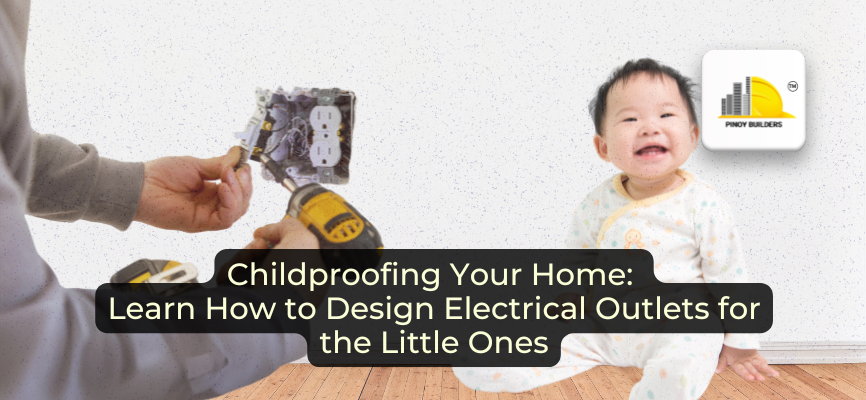Childproofing your home is not just a precaution; it’s an essential step in creating a safe environment for your little ones. Electrical injuries can result in severe consequences, and more than a thousand Filipinos are estimated to die in fire accidents each year.
With children’s natural curiosity driving them to explore, ensuring your electrical outlets are safe is crucial. In this article, we will guide you through designing electrical outlets that protect your children from potential dangers.
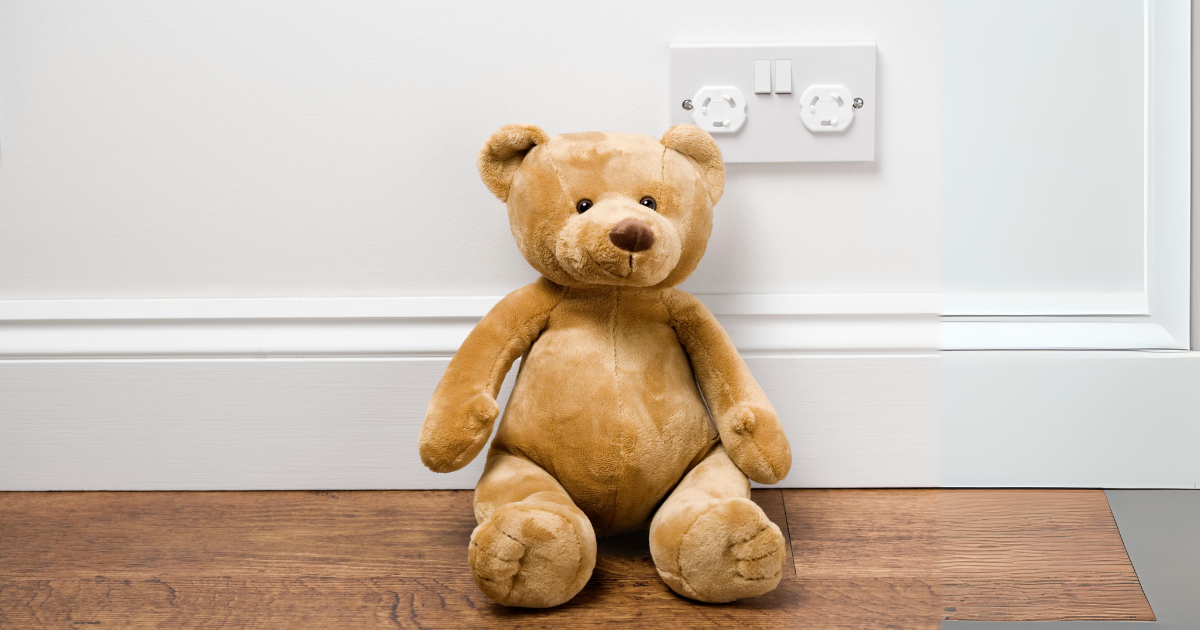
The Risks of Unprotected Electrical Outlets
Children are inherently curious, often drawn to anything that sparks their interest—especially electrical outlets. Unfortunately, this curiosity can lead to significant dangers. Unprotected outlets pose risks such as electrocution and burns from inserting objects or touching hot devices. For instance, a child who sticks a metal object into an outlet may suffer serious injuries. This possibility alone highlights the urgent need for effective childproofing measures in any home.
Types of Outlet Covers
When it comes to securing electrical outlets, several types of outlet covers are available, each with its own advantages and disadvantages:
1. Standard Plastic Outlet Covers
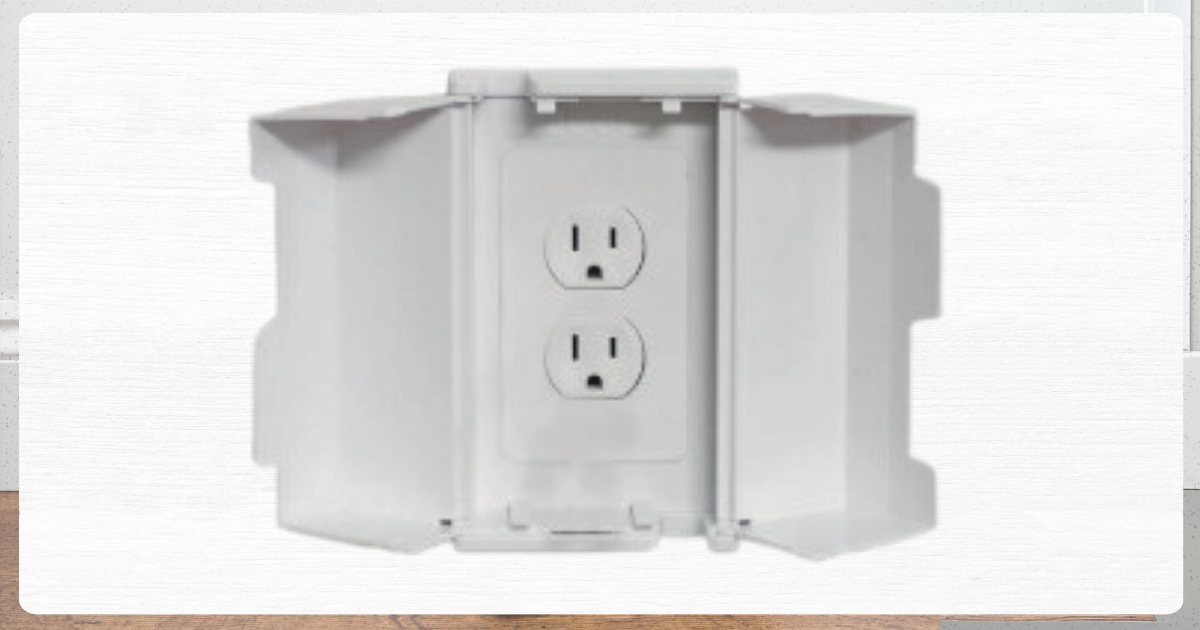
Image from Jool Baby
- Advantages: These are inexpensive and simple to install.
- Disadvantages: Older children may learn how to remove them.
2. Sliding Outlet Covers
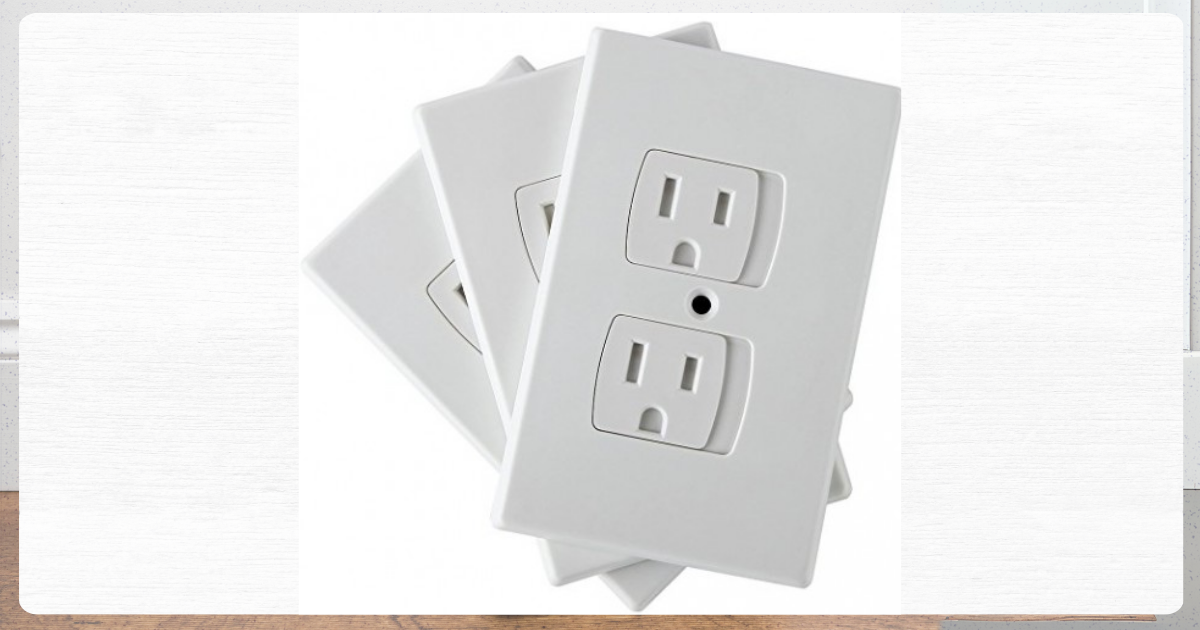
Image from Protect Enfant
- Advantages: These covers automatically close when not in use, offering a convenient safety solution.
- Disadvantages: The installation process may be more complex.
3. Tamper-Resistant Outlets
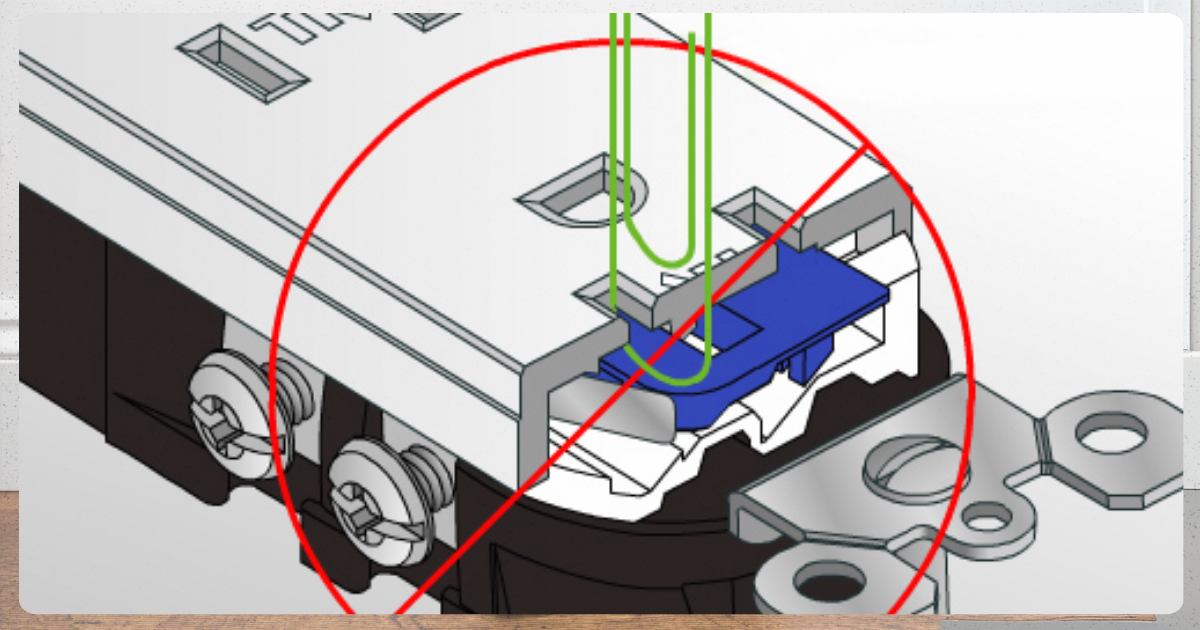
- Advantages: It is designed with safety features that prevent the insertion of foreign objects.
- Disadvantages: They come with a higher initial cost.
When selecting outlet covers, consider your household’s specific needs, the age of your children, and the level of supervision available.
Understanding GFCI Outlets
GFCI (Ground Fault Circuit Interrupter) outlets are a critical safety feature for any home, particularly in areas where water is present, such as kitchens and bathrooms. These outlets work by detecting imbalances in electrical currents and cutting off power before an electric shock can occur. Many local building codes mandate GFCI installation in these areas, making them a smart choice for any home seeking to enhance safety.
Keeping Cords Out of Reach
Exposed cords can create several hazards, including trip risks and the potential for electrocution if children tug on or chew them. To manage and organize cords safely, consider these tips:
- Use cord organizers and clips to keep cords tidy.
- Conceal cords behind furniture to minimize visibility.
- Utilize cord covers in high-traffic areas to prevent accidental exposure.
Additionally, it’s crucial to educate caregivers and family members about the importance of cord safety to ensure a united effort in protecting children.
Design Electrical Outlets to Keep Little Ones Safe
Childproofing your home, especially electrical outlets and cords, is vital in creating a safe environment for your children. By taking proactive measures, you can significantly reduce the risk of accidents and injuries.
We encourage parents and caregivers to regularly assess their home safety measures to ensure peace of mind. After all, a secure home is a happy home for little ones to explore and thrive.


